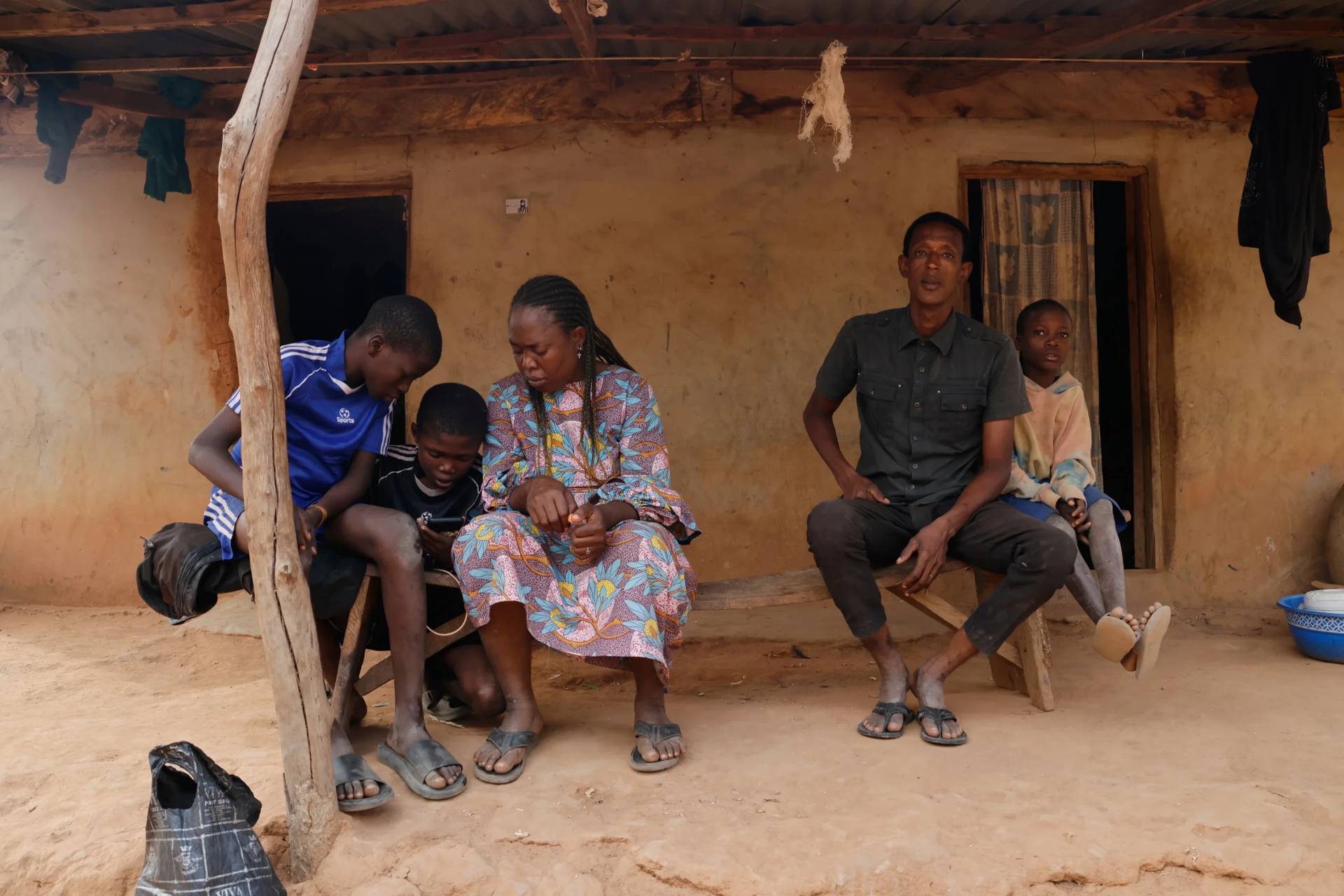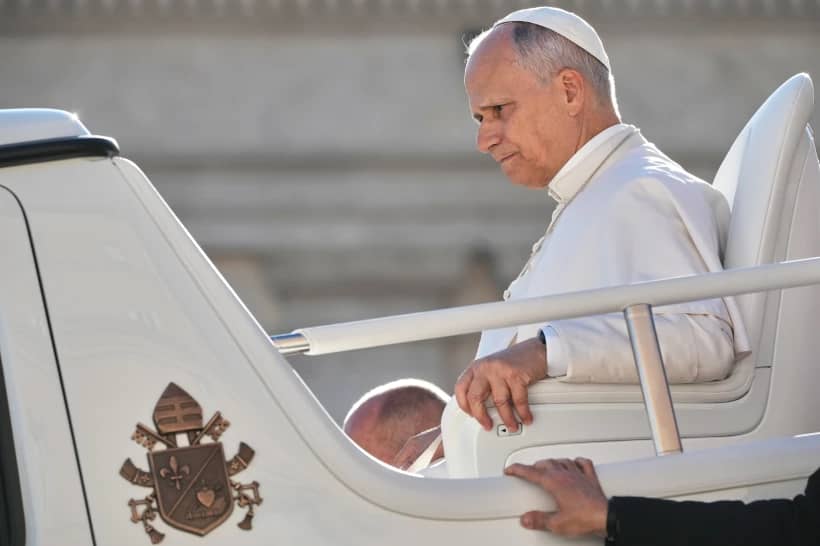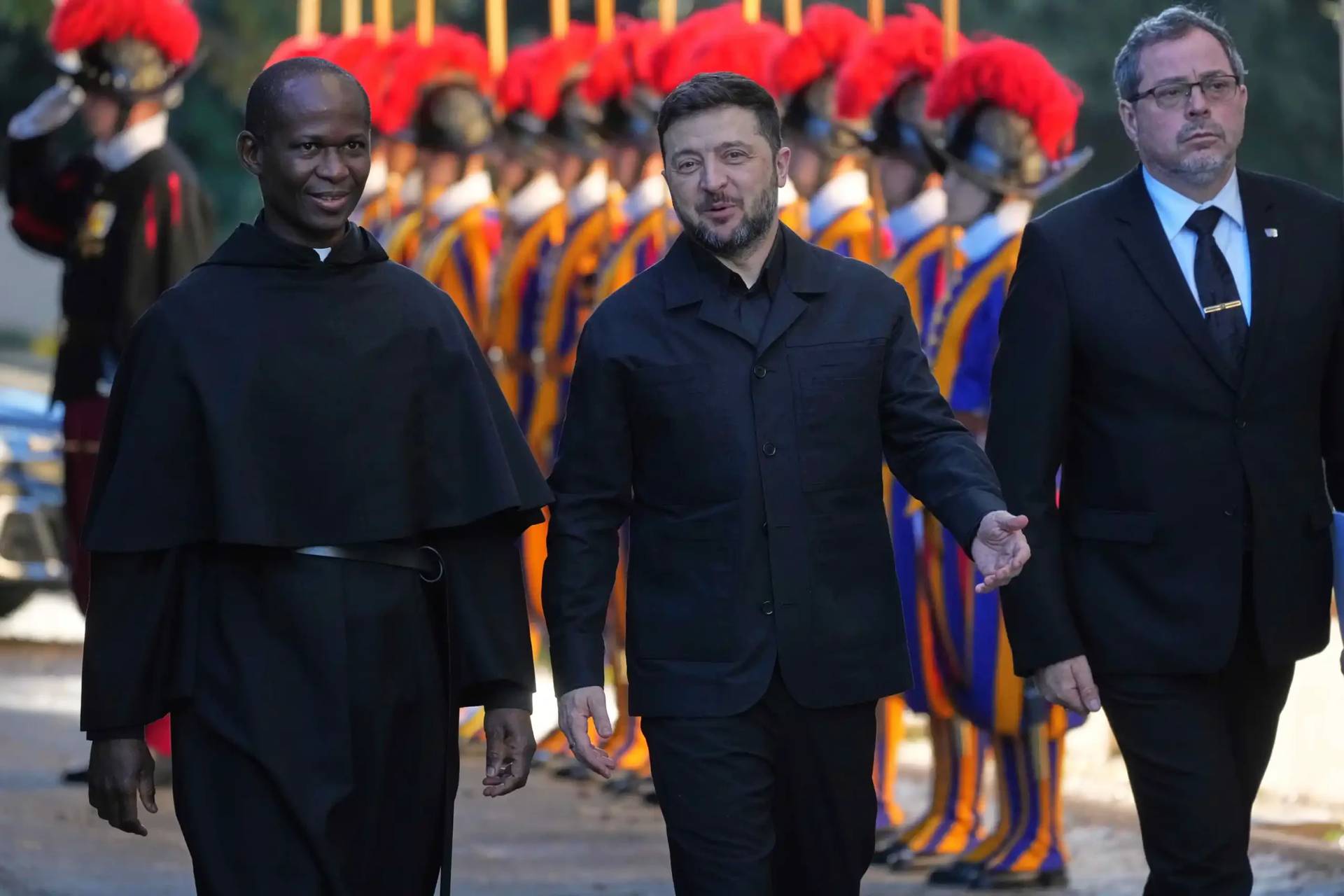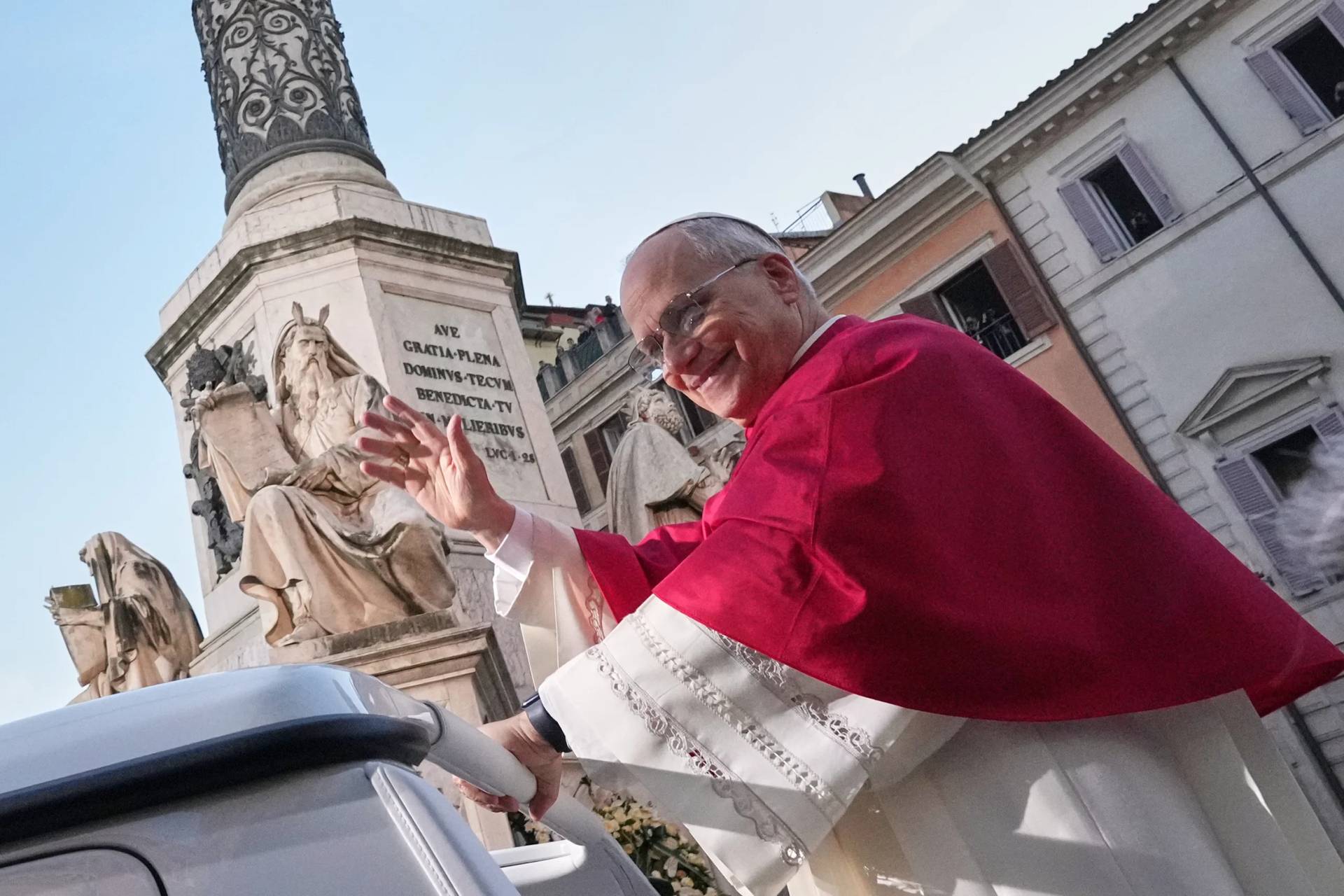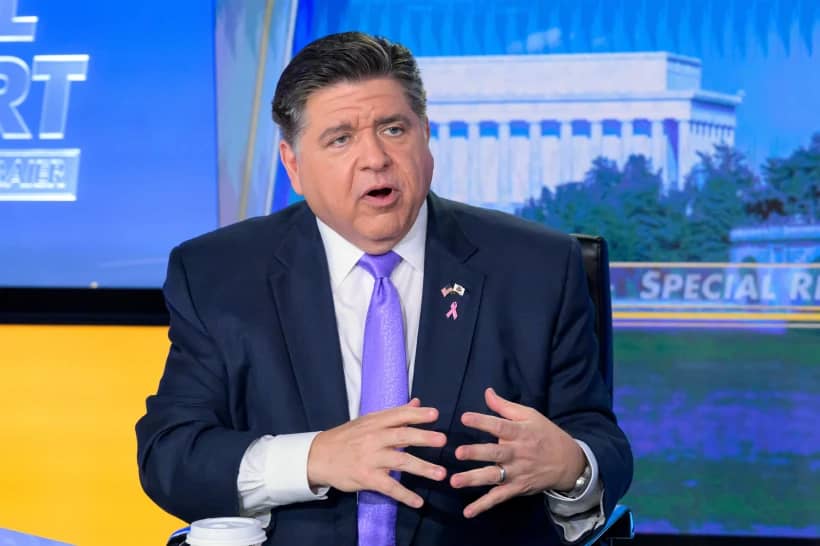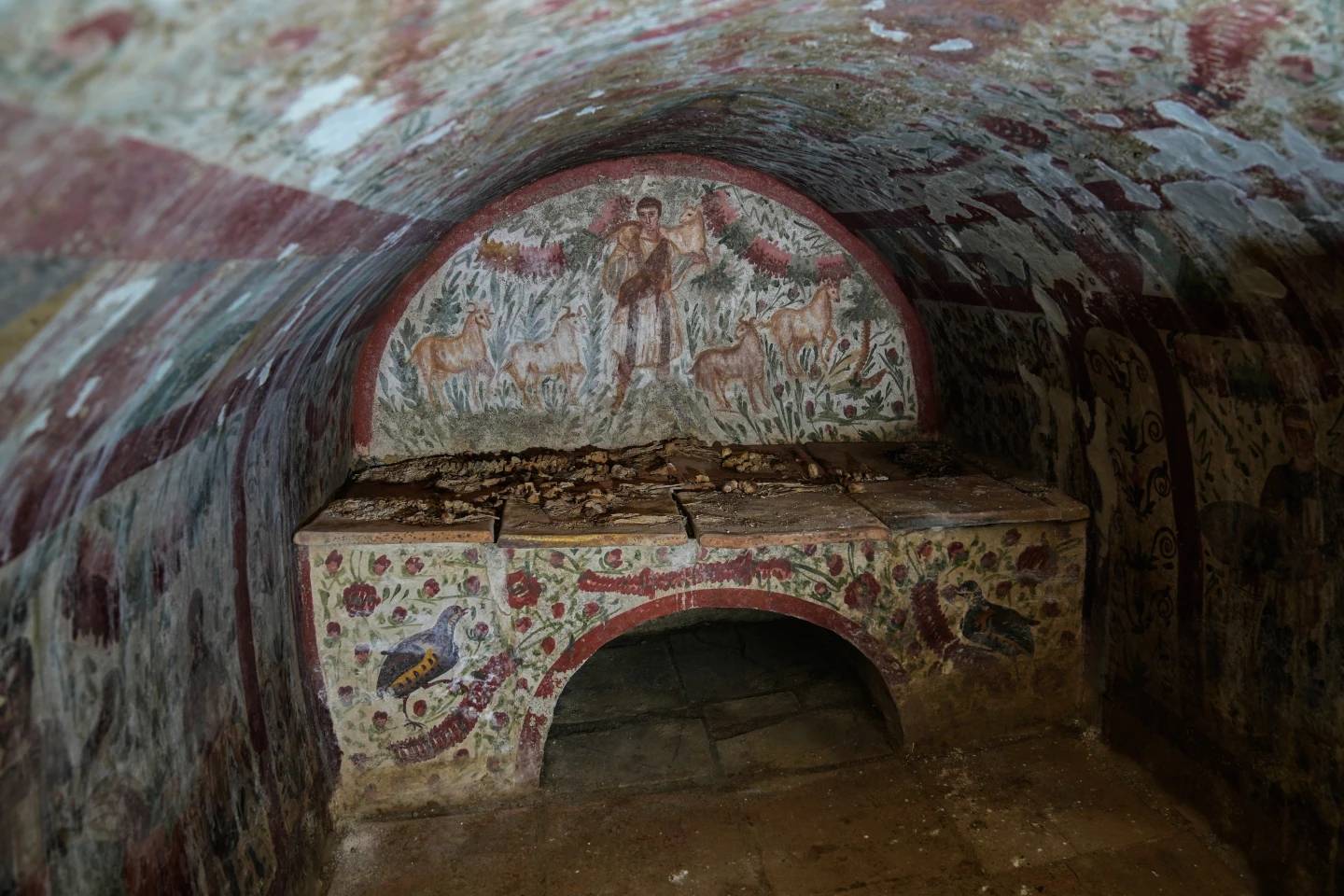ROME – On Saturday the Vatican issued new statutes for the so-called “Vatican bank,” better defining the roles of the body’s Council of Cardinals and the Supervisory Board, points which have been debated since even before Pope Francis’s election in 2013.
The lone major change in the new document is the elimination of an independent college of auditors in favor of an external auditor, which could be either a person or an auditing agency. Some observers argue that’s a step in the direction of greater accountability, while others worry it may provide fewer internal checks and balances on bank management.
The Institute for the Works of Religion (IOR), colloquially referred to as the “Vatican Bank,” is an institution of the Holy See founded in June 1942 by Pope Pius XII, though it has roots dating back to 1887.
While the new statues confirm that a body of five cardinals will continue to review the bank’s performance, they still leave most of the day-to-day control in the hands of a lay supervisory board. At the moment, the lone American member of that board is Scott Malpass, a Vice-President and Chief Investment Officer at the University of Notre Dame.
Approved ad experimentum for a two-year period, the new statutes outline the bank’s scope as being to “provide for the custody and administration of movable and immovable property transferred or entrusted to the Institute by natural or juridical persons and destined for works of religion and charity.”
Under the new the statutes, the Commission of Cardinals is composed of five members named by the pope for a 5-year term, which can be renewed once, and its primary task is “monitoring the loyalty of the institute to the statutory regulations in the manner prescribed by the statute.”
The prelate heading up the Cardinals’ commission is charged with keeping track of the IOR’s activities, participating regularly in meetings of both the commission and the Board of Superintendence. It’s to meet at least twice a year with at least three members present. It’s tasked with both appointing and dismissing members of the supervisory board and, upon their proposal, the president and vice president.
It’s also tasked with distributing profits on the basis of the IOR’s annual report; overseeing compliance with financial requirements; proposing amendments to the body’s bylaws; deciding the salary of board members; appointing an external auditor proposed by the board; and deliberating on matters concerning board members or the general director.
On the other hand, the lay supervisory board is tasked with the “administration and management” of the IOR, as well as the supervision and monitoring of its “financial, economic and operational activities.” It is composed of seven members who are appointed by the Commission of Cardinals.
The president of the board is also in charge of legal representation for the IOR.
In the new statutes, the General Director, and a possible vice director, are named by board members and approved by the commission. The director can be named for either an indefinite or fixed term and is responsible for “all operational activities of the institute and responds to the Supervisory Board,” according to a chirograph establishing the new statutes.
Statutory audits are to be carried out by an external auditor appointed by the Commission of Cardinals upon proposal of the Board of Superintendence for a period of 3 consecutive financial terms, renewable only once.
Since his election in 2013, one of Francis’s primary ambitions was to clean up Vatican finances. To do so he overhauled the Holy See’s financial structures, creating a Secretariat for the Economy charged with overseeing economic affairs and a Council for the Economy to set financial policy in February 2014.
In June 2013, Francis also established a commission made up of cardinals, bishops, clergy and laity and tasked them with ensuring transparency at the IOR and studying options for reform.
During a meeting in the fall of 2014, the pope asked the IOR to modify its statutes, which had been in place since John Paul II’s overhaul in 1990. However, in May 2014 the commission was dissolved due to debates over proposed changes, and the statutes were never revised.
Observers say the new statutes were needed in part to respond to doubts about who does what in light of all the new financial legislation the last two popes have issued.
In the past, for instance, the commission of cardinals effectively served as the bank’s regulator, but that role was superseded by the Financial Information Authority established by Benedict XVI in 2010 and which is responsible for regulatory supervision of the bank, including processing reports of suspect transactions. It’s headed by Swiss layman René Brülhart.
Signed Aug. 8, the statutes enter into effect immediately upon publication in the Vatican’s newspaper, L’Osservatore Romano on Aug. 10.
According to its website, the purpose of the IOR is to “serve the global mission of the Catholic Church through the administration of the entrusted assets and providing payment services to the Holy See and related entities, religious orders, other Catholic institutions, clergy, employees of the Holy See and the accredited diplomatic bodies.”
Follow Elise Harris on Twitter: @eharris_it
Crux is dedicated to smart, wired and independent reporting on the Vatican and worldwide Catholic Church. That kind of reporting doesn’t come cheap, and we need your support. You can help Crux by giving a small amount monthly, or with a onetime gift. Please remember, Crux is a for-profit organization, so contributions are not tax-deductible.vatican bank








